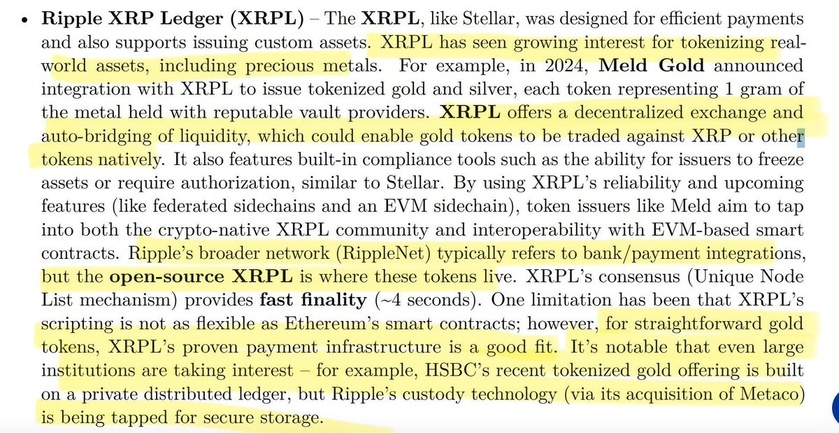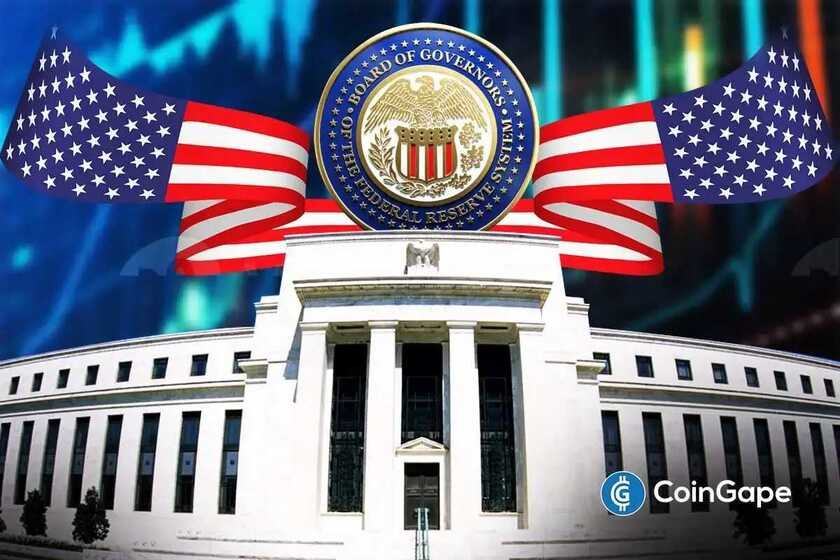The company behind the tether stablecoin has increasingly been lending its own coins to customers rather than selling them for hard currency upfront. The shift adds to risks that the company may not have enough liquid assets to pay redemptions in a crisis.
Tether Holdings Ltd. says it lends only to eligible customers and requires that borrowers post lots of “extremely liquid” collateral, which could be sold for dollars if borrowers default.
These loans have appeared for several quarters in the financial reports that Tether shows on its website. In the most recent report, they reached $6.1 billion as of Sept. 30, or 9% of the company’s total assets. They were $4.1 billion, or 5% of total assets, at the end of 2021.
Tether calls them “secured loans” and discloses little about the borrowers or the collateral accepted. Alex Welch, a Tether spokeswoman, confirmed that all of the secured loans listed in the reports were issued and denominated in tether. The company said the loans were short-term and that Tether holds the collateral.
Tether, which is incorporated in the British Virgin Islands, doesn’t publish audited financial statements or a complete balance sheet, leaving outsiders with an incomplete picture of the company’s financial health. “Tether’s disclosures are limited to the information contained in the mentioned reports,” Ms. Welch said.
The rise in Tether’s lending represents a broad risk to the crypto world. Stablecoins such as tether are anchors in the system. They are vital for trading many cryptocurrencies and are widely held by traders. The premise of tether—and other stablecoins—is that the issuer always will redeem one coin for $1. Issuers take pains to demonstrate they have ample funds available to do so.
The company’s reports show only U.S. dollar amounts for the loans and don’t say the loans were made in tether tokens. The reports also say the loans were “fully collateralized by liquid assets.”
“I’ve been very skeptical and in disbelief that they can get away with the lack of disclosure and with the limited transparency,” said Peter Crane, president of Crane Data, which tracks money-market funds. “If you do have reserves, why wouldn’t you show them?” Both money-market funds and stablecoins like tether are supposed to maintain a value of $1.
The vast majority of the assets listed in Tether’s reports are in cash, Treasury bonds and other safe instruments easily converted to dollars. Loans are different. Tether can’t be certain the loans will be paid back, that it could sell the loans to a buyer for dollars in a pinch or that the collateral it holds will be adequate.
In times of financial stress, that uncertainty might lead investors to rush to redeem their tether, knowing the last ones to do so might not get paid right away. This is a version of a run on the bank.

“Eligible clients are borrowing USDT,” Ms. Welch said, using an abbreviation for tether. “Loans are overcollateralized by extremely liquid assets that Tether’s prudent risk management admits as collateral.”
Tether tokens don’t pay interest, so Tether can easily profit by investing in safe, low-yielding securities such as Treasurys. Ordinarily, lenders charge borrowers higher rates than Treasurys pay, which makes lending potentially more profitable. Tether doesn’t disclose the terms of its loans.
The lending of tether tokens is at odds with some of the company’s other disclosures. Its website suggests that it only issues tether tokens when buyers hand over a currency such as the dollar. “Tether only issues new tether tokens when they are requested and purchased by customers,” the website says. It also says all tokens are backed 100% by Tether’s reserves.
Tether took the unusual step of discussing a borrower’s identity when crypto bank Celsius Network LLC collapsed in July. Tether at the time said its “Celsius position has been liquidated with no losses to Tether.”
While the statement was meant to calm investors, it also highlights the risk of Tether’s loans. Tether in a separate news release on Nov. 17 said it “was able to liquidate Celsius’s collateral with such precision that Tether was even able to return some of the collateral.” Because Tether doesn’t disclose the collateral in its reports, it is impossible for investors to know details of what was sold and under what conditions.
Tether discloses the loans’ amortized cost, a financial term that includes an allowance for credit losses. Amortized cost could be higher than the loans’ market value—which is the amount Tether could get for the loans in a sale.
The big declines in crypto markets, exacerbated by the recent bankruptcy filing of cryptocurrency exchange FTX, mean that some collateral held by Tether could be worth less than it was when the loans were made. Celsius used bitcoin as collateral for its loan from Tether, according to Tether’s statement at the time. Bitcoin has fallen 63% this year. Tether doesn’t say what the loans’ market value is, or whether the collateral includes cryptocurrencies.
Tether’s Ms. Welch said the loans’ market value “has not been assessed materially different from the amortized cost.” She declined to say if the collateral includes cryptocurrencies. “Tether does not disclose and has never disclosed this information to the public,” she said.





























